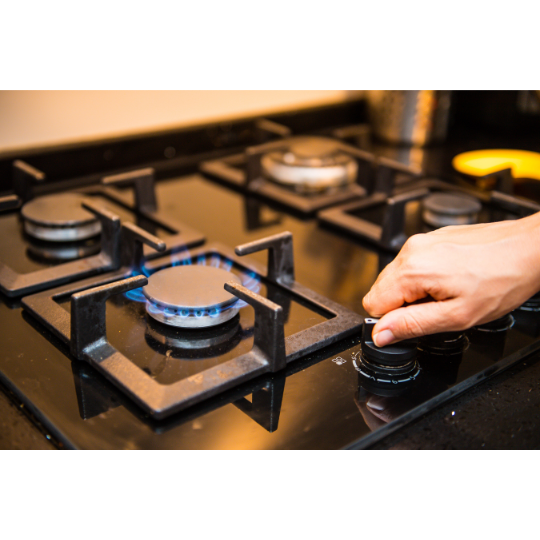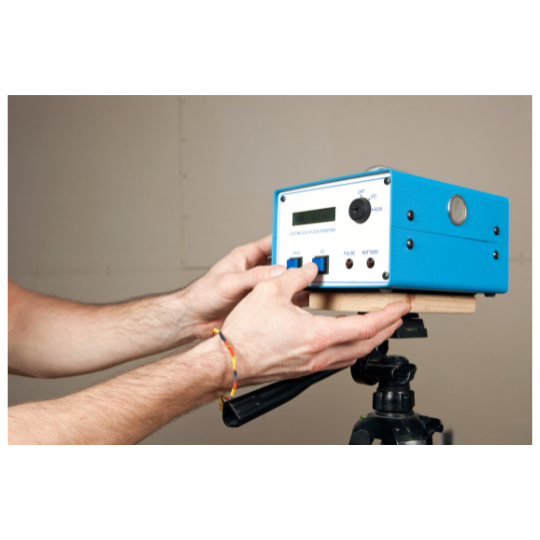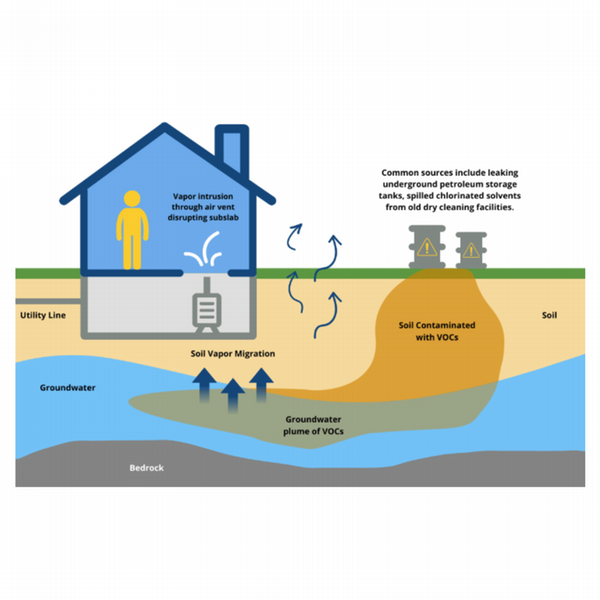Indoor Air Quality
Indoor air quality greatly affects health, with people spending 65 to 90 percent of their time indoors, where air can be two to five times more polluted than outdoors. The young, elderly, chronically ill, and those with respiratory or cardiovascular diseases are most impacted.
The EPA's Science Advisory Board ranks indoor air pollution among the top five environmental health risks. Symptoms of poor indoor air quality include headaches, fatigue, shortness of breath, sinus congestion, coughing, sneezing, dizziness, nausea, and irritation of the eyes, nose, throat, and skin. Sensitivities vary, so indoor air quality issues may affect groups or individuals differently.
Important Testing Services
Daycares and Preschools: The Montana Choose Safe Places program works to prevent, reduce, and eliminate environmental exposures to children and staff at childcare centers and ensure that daycare centers are free of environmental hazards through site screening and environmental testing.
Radon Testing: The Montana Department of Environmental Quality provides free radon testing kits to homeowners in January. For more information, visit the Radon Control Program website or call their toll free number: 1-800-546-0483.
Potential Sources of Indoor Air Pollution
How to Improve Indoor Air Quality
- Source Control: Eliminate individual sources of pollution or reduce their emissions.
- Improve Ventilation: Weather and outdoor air quality conditions permitting, bring fresh, outdoor air into your home by opening doors and windows. Use fans to circulate air.
- Change HVAC system filter: During wildfire smoke season, switch to MERV 13 or higher rated filter depending on what your system can handle.
- Use portable HEPA air cleaners: Air filtration can be an effective supplement to source control and ventilation. Using a portable air cleaner and/or upgrading the air filter in your furnace or central heating, ventilation, and air-conditioning (HVAC) system can help to improve indoor air quality.












